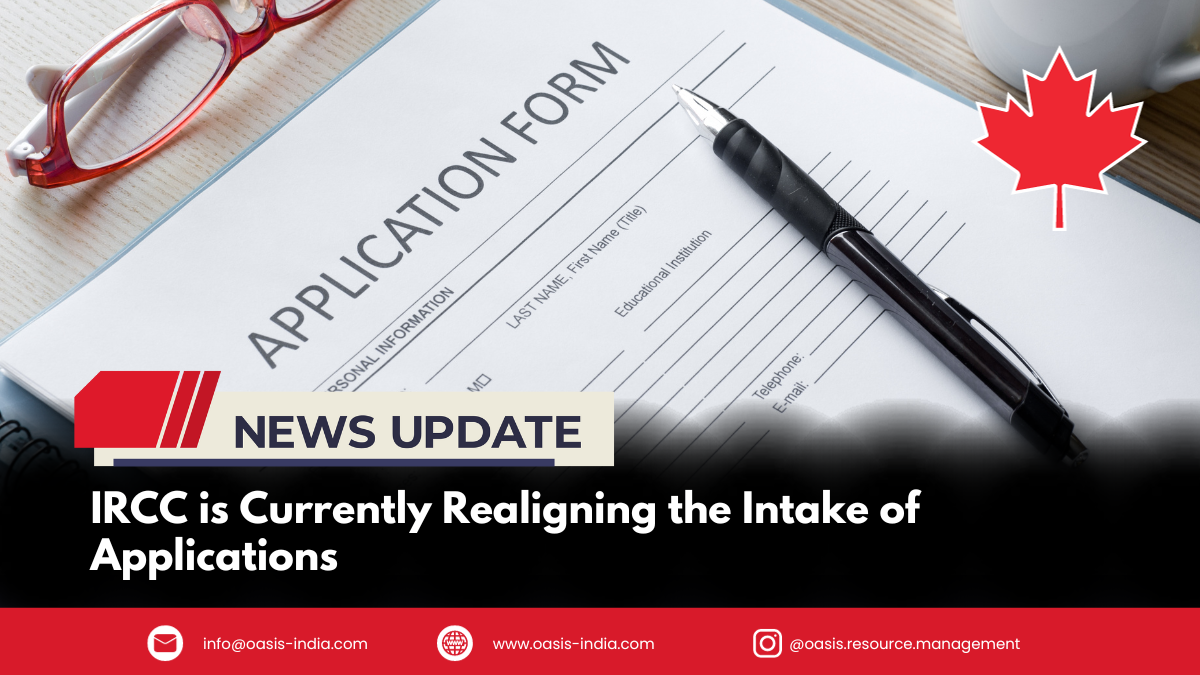
Immigration Refugees and Citizenship Canada (IRCC) has unveiled a new strategy called An Immigration System for Canada’s Future. In this plan, IRCC aims to return application processing times to established service standards for crucial programs. They also intend to reassess these programs, and part of this reassessment involves synchronizing application intake with the number of admission spaces available.
You have to sign application intake with the available admission spaces is a key aspect of this strategy. The purpose is to prevent applicants from enduring lengthy waiting periods, which can happen when the demand for a specific program surpasses the number of available spaces. This strategic move aims to streamline the immigration process and enhance efficiency
Certain Number of Applications for Programs
They want to control the number of applicants to reduce waiting times. This makes it easier for applicants and their support groups to plan their arrival and settle in Canada smoothly.
The Parents and Grandparents Program (PGP) is facing a challenge with a large number of applications stretching back three years from the beginning of the pandemic.
Even during the pandemic, when there were border closures, travel restrictions, and temporary office closures, IRCC kept accepting applications for the PGP. This decision was made despite the limited number of visas granted through the program each year. According to a recent memo from IRCC, there are almost 100,000 people waiting for their PGP applications to be processed. As of 2023, IRCC is still working through the applications from the 2020 pool.
The PGP is a program that allows Canadian citizens and permanent residents to sponsor their parents and grandparents, enabling them to live in Canada.
Immigration Plan ( 2024-2026 )
IRCC plans how many people can come to Canada in the next three years through its yearly Immigration Levels Plan.
The latest plan, which came out on November 1st, shows the goals for the number of new permanent residents Canada wants to welcome from 2024 (485,000) to 2025 and 2026 (500,000 for both years).
The immigration minister of Canada, Marc Miller, said that the current plan aims to make Canada’s economy and workforce grow in a way that lasts by increasing the population. This is a crucial part of managing how many people apply.
Some programs for becoming a permanent resident, like the PGP or the Provincial Nominee Program (PNP), only accept a certain number of applications set by IRCC, and these limits are part of the plan.
In Canada, unlike programs for permanent residents, temporary ones like work or study permits and visitor visas don’t have a specific limit on how many people can apply each year. This can cause a pile-up of applications and make the processing slower.
If we are talking about a limit on study permits, the Minister said he doesn’t think it’s a good idea to set a maximum number for international students in Canada.
Auditor General Report
IRCC’s plan to improve processing times involves adjusting how many applications they accept. This plan comes after a report from Canada’s Auditor General (OAG) found that IRCC processing times were often too long. The OAG suggested that IRCC should set realistic and dependable service standards for all permanent residency programs.
The report also recommended that IRCC look at applications in the backlog, figure out delays they can control, and prioritize finishing older applications. In line with this, the Strategy mentions using digital tools so officers can handle requests from global offices more efficiently. The OAG report suggests balancing the workload in regional offices based on their capacity.
The Strategy also talks about using Advanced Analytics more. This means using technology to automatically decide some things for routine cases, making sure there’s no unfair bias. This part of the plan is already happening. In September, IRCC said it would use Advanced Analytics more for processing Post-Graduation Work Permits (PGWPs) and Work Permit Extensions.
These tools are designed to handle routine tasks, making it easier to organize applications. This way, immigration officers can have more time for urgent or complicated applications.
Backlog
IRCC wants to handle 80% of all applications within the timeframes they’ve set – basically, the durations the department thinks are fair for processing applications.
After completing the time frame , you have to see how long it takes depending on the type of application. Express Entry Canada ones are supposed to be done in six months but family class sponsorship applications might take up to a year to complete.
Now, as of September 30, the newest info from IRCC says there are 2,194,900 applications waiting to be processed, and out of those, 928,000 are in the backlog.
If you want to know more information related to the current status of IRCC applications. Consult with us. Oasis Visas will help you.









